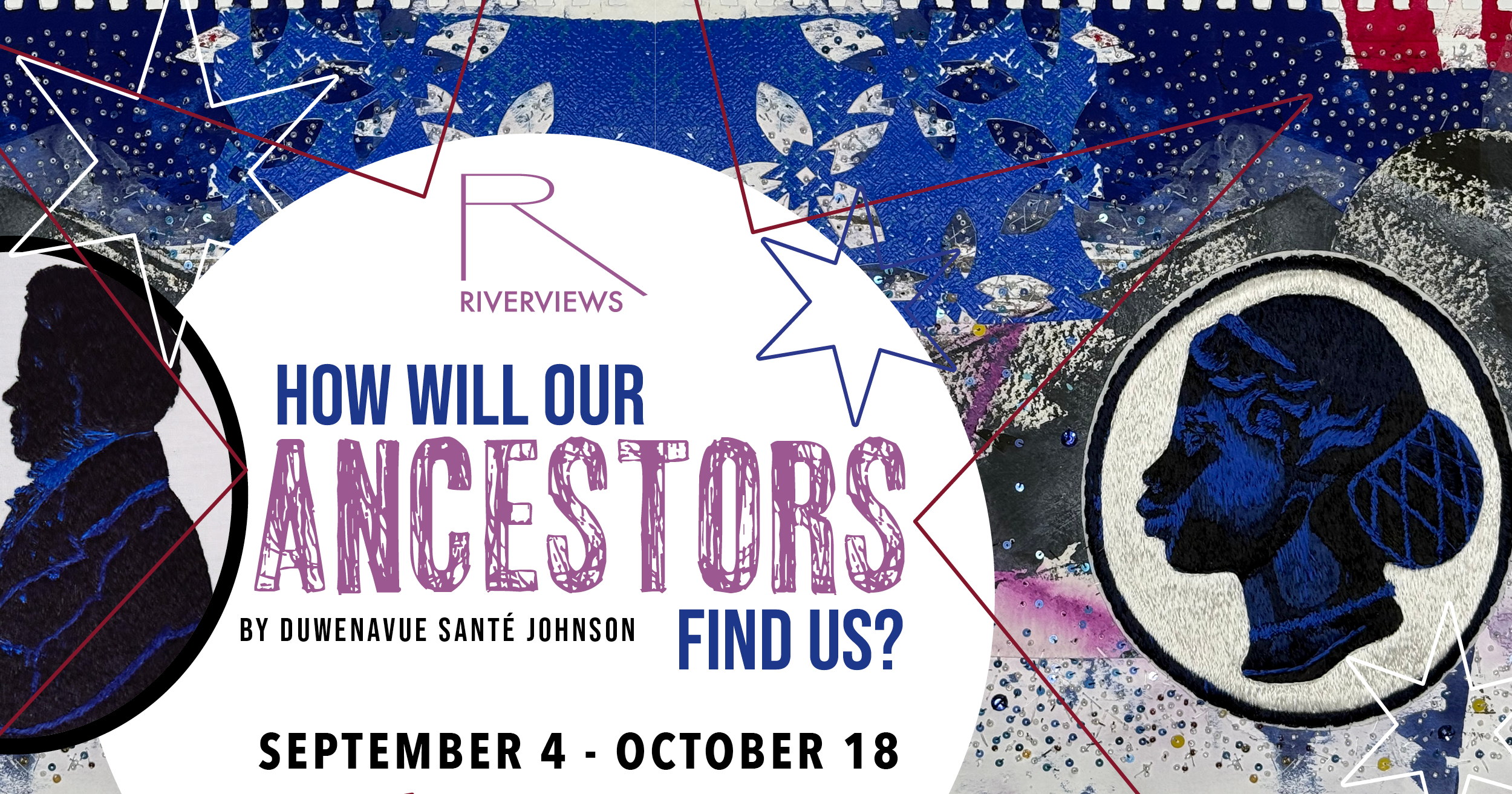“First Look” Preview: Wednesday, September 2nd, 5-7 p.m.
Exhibition Opening: Friday, September 4th, 5-8 p.m.
Artist Statement
"How Will Our Ancestors Find Us? Don’t forget the “Chiclets” is a multi-faceted dialogue with the space between the stars, as well as an exploration of shared human experience. An imagined collection of "random memories from the past, displayed in the present," this narrative delves into the profound connection of living memories that we, as individuals, keep. These memories serve as anchors, helping us to navigate fear, combat loneliness, and solidify our sense of self, ultimately fostering confidence, balance, and the profound understanding that we are part of a grander design. We are all connected by small, everyday moments.
The exhibition unfolds in three distinct parts, each grounded in the present moment. The first space features installation landscapes that invite viewers into colorfield environments, evoking a sense of space and introspection.
Complementing these are textured paintings. The second space describes perspectives and emotions related to a journey, migration, and balance. Exploring environmental patterns, cultural narratives, and personal experiences, creating works that resonate with a strong sense of place and history. These works explore creativity and adaptability.
The third space is dedicated to hand embroidery, a meticulous and meditative practice that embodies resilience, dedication, and deep reflection. I invite viewers to contemplate the vast expanse between ourselves and the space between the stars. A space to consider the extraordinary journey a spirit undertakes to be both of and on this earth. My ultimate goal within this space is to encourage viewers to focus on a star, to intuitively reach out to an ancestor, to express love and gratitude, and to find solace in the knowing that all is well.
Why “Chiclets?” Tuesdays were grocery days in the family, and shopping lists were written. “Chiclets” was a branded name that connected my grandmother and me. Going to the store together, and for ourselves, made us important. We had a simple goal of independence, a way to chat about our lives in a language that only we expressed together. “Chiclets” serves as a reminder that while our individual experiences may seem simple, we are fundamentally all linked by the subtle threads of memory, emotion, and an enduring spiritual connection that transcends time and space.
About the Artist
Duwenavue Santé Johnson is an American BIPOC artist with ancestry from both the north and south of the United States for the last 400 years. Equally divided race, religion, and culture while recognizing and coming to terms with manifest destiny and migratory freedoms and misplacements. Focused on creating a better world while studying the pathways that brought us all here. Learning how to be and grow with empathy and community values through positive art practices. She's known as an accomplished hand embroider and contemporary artist while not limiting herself to any one medium. Her work is Influenced by her world travels where she draws from the colors, patterns and textures of nature. She incorporates many styles of painting and textile work from formal education guidance to being influenced by many cultures.
Using traditional arts education and mastery in the fine art of needlework allows for her belief structure and art to be balanced. Apprenticed trained, having worked as an artist in the US, Thailand, India, South Korea, France, the UK, Spain, and Sweden focused on painting, and textile arts. As a teacher and worker of needle arts, time is spent focused on precision and the details found in the art of Heraldry. From creating a design, tracing, and stitching, to displaying and lecturing on the value of craftsmanship must be of the highest value and quality. Painting and printmaking are her expressions in nature and how the world is reflected. Most of her time in the painting realm is focused on dialogue using watercolor, gouache mediums, and vintage and newly created Japanese stencils to allow for texture and color depth. Print work is performed on handmade silk fabric and paper . Every environment has its own issues on how to maintain an eco-component in their practice. Creating practices that lead to a slow art movement allows for the stewardship of space and teaching opportunities.

